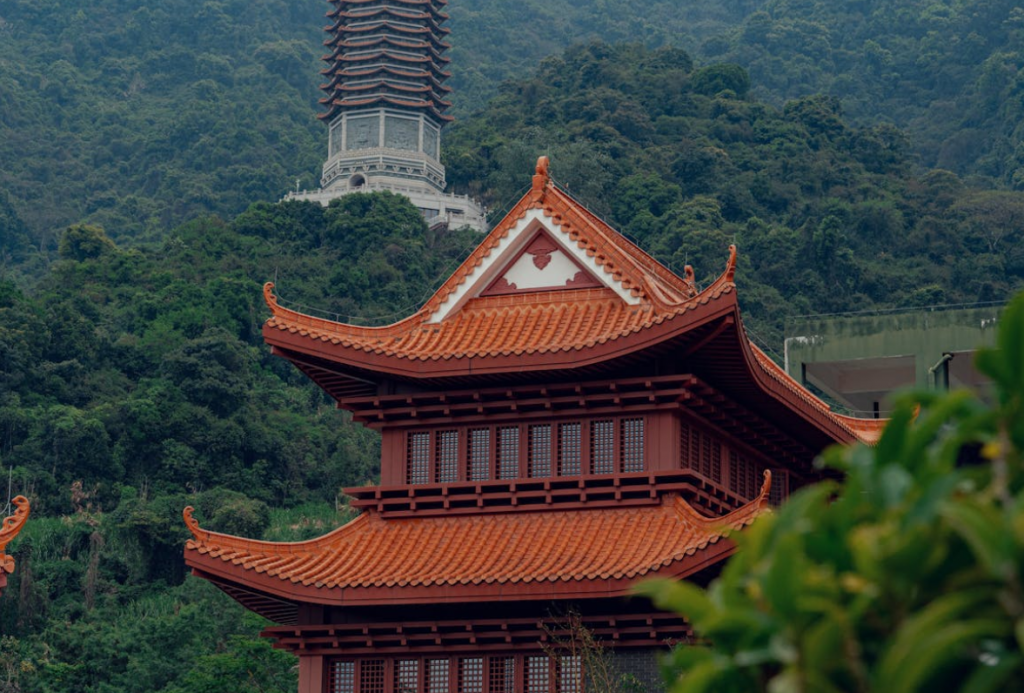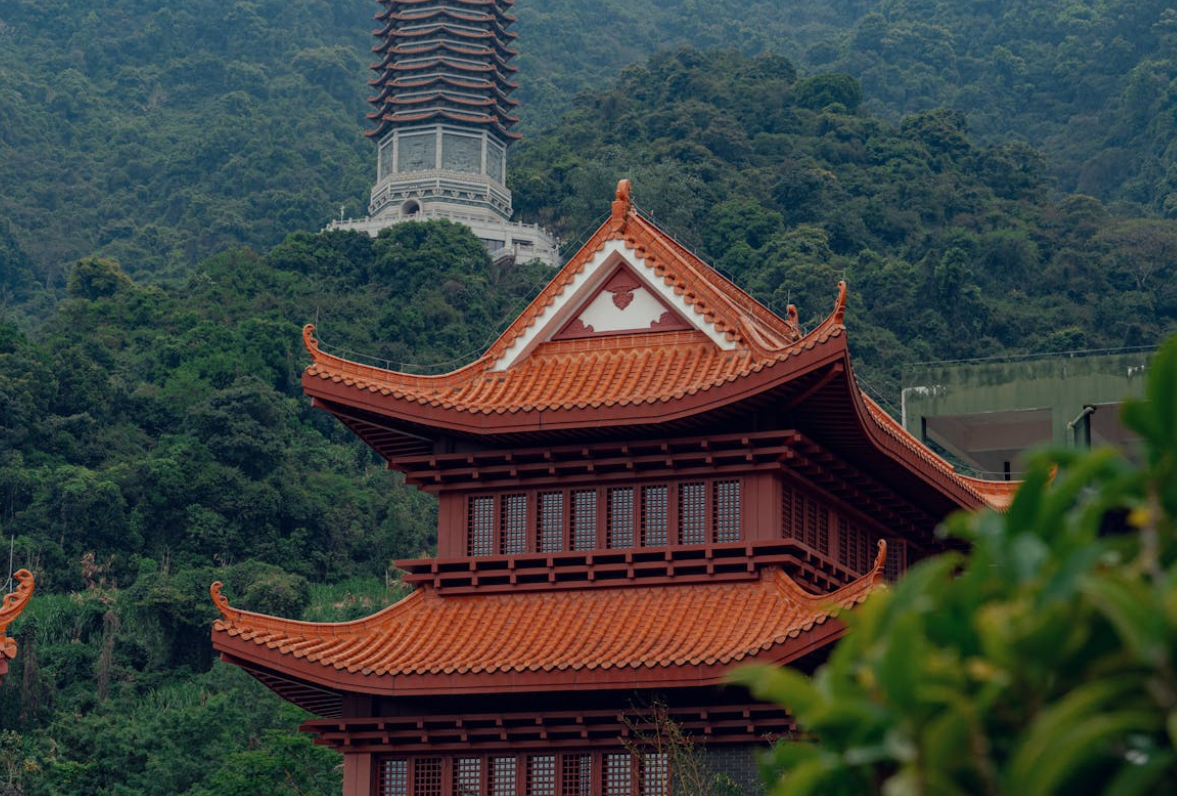Introduction to Chinese Tea Ceremonies
Tea plays a profound role in Chinese culture, extending beyond just a beverage to a full cultural experience. For centuries, tea ceremonies have been an essential part of Chinese tradition, providing a space for connection, mindfulness, and harmony. But what makes these ceremonies so special, and why are they still practiced today?
In this article, we will dive into the significance of traditional tea ceremonies in China, exploring their historical roots, philosophical meaning, and the sensory experience they offer.
Understanding the Importance of Tea in Chinese Culture
Tea in China isn’t just a drink; it’s a symbol of hospitality, respect, and harmony. For many Chinese people, drinking tea is a daily ritual that connects them to their cultural heritage. Tea culture spans over thousands of years and encompasses not only the beverage but also the art of brewing and serving it.
The tea ceremony represents the epitome of Chinese etiquette and respect. Every action, from the preparation of tea to the pouring of the first cup, is done with great care and mindfulness. It is a moment of reflection, where the focus is on the present, the company, and the tea itself.
What Makes a Traditional Tea Ceremony Special?
A traditional Chinese tea ceremony goes beyond just drinking tea. It’s about creating an experience—an opportunity to reconnect with nature, with others, and with one’s self. The ceremony itself is meticulously choreographed, with each step symbolizing different philosophical concepts like purity, tranquility, and balance. The tea ceremony is not rushed; it unfolds slowly and methodically, ensuring every moment is savored.
History of Tea in China
The Ancient Origins of Chinese Tea
The story of Chinese tea begins over 4,000 years ago. Legend has it that Emperor Shen Nong accidentally discovered tea when a few leaves from a wild tree blew into his pot of boiling water. Fascinated by the aroma, he tasted the infusion and found it refreshing. This marked the beginning of China’s long history with tea.

Tea became an essential part of Chinese culture, with its usage spreading throughout the imperial courts, temples, and homes. During the Tang Dynasty (618–907), tea was elevated to an art form, and the first formal tea ceremonies began to take shape.
The Evolution of Tea Culture Over Centuries
Tea culture flourished throughout the centuries, evolving through various dynasties. The Song Dynasty (960-1279) was particularly important, as it was during this time that tea preparation became more refined and ceremonial. The introduction of powdered tea during the Tang Dynasty evolved into the steeping process we recognize today.
The Philosophy Behind the Tea Ceremony
Harmony, Respect, Purity, and Tranquility (The Four Pillars)
The Chinese tea ceremony is built upon the four core principles of harmony, respect, purity, and tranquility. Each of these ideals is deeply ingrained in Chinese culture, and they guide the ceremony’s structure:
- Harmony: Achieved through balance in nature and relationships, promoting a sense of calm.
- Respect: Acknowledging the role of both the host and the guest, with each person treated with reverence.
- Purity: Reflects the purity of the tea leaves and the purity of intentions during the ceremony.
- Tranquility: The peaceful environment created by the process, where participants focus on the present moment.
Symbolism in the Tea Ceremony
Every element of the tea ceremony, from the cups to the tea leaves, carries symbolism. The tea leaves themselves represent the simplicity and purity of life, while the act of brewing signifies patience and mindfulness. The circular shape of the tea cups reflects the cycle of life, and the tea’s aroma represents the fleeting nature of time.
The Types of Tea Used in the Ceremony
Green Tea: The Most Popular Choice
Among the many varieties of tea used in Chinese tea ceremonies, green tea is the most commonly served. Known for its delicate flavor and health benefits, green tea embodies the purity of nature. Famous varieties like Longjing (Dragon Well) are often used in ceremonies, prized for their vibrant color and aromatic profile.
Oolong, Black Tea, and Other Variants
Though green tea is the go-to choice for many, other teas like oolong and black tea can also be used depending on regional preferences and the occasion. Oolong tea, which is partially fermented, offers a deeper flavor profile and is often preferred in southern China. Black tea, with its rich, robust flavor, can be a favorite for colder seasons or more formal occasions.
The Role of Quality Tea Leaves in the Ceremony
In traditional Chinese tea ceremonies, the quality of tea leaves is paramount. High-quality tea leaves are handpicked and carefully processed to ensure they deliver the best flavor and aroma. The leaves are steeped in water at the right temperature to extract their full essence, which is a critical part of the ceremony’s overall experience.
Key Elements of a Traditional Chinese Tea Ceremony
The Teapot, Cups, and Other Tools
The tools used in a traditional tea ceremony include a teapot, cups, tea trays, and a tea whisk. The teapot is often made of clay or porcelain, designed to preserve the heat of the tea. The cups are small, allowing for a more intimate tea-drinking experience. Other tools like a tea scoop and a tea strainer help to maintain the purity of the tea.
The Water Temperature and Timing
The water temperature plays a crucial role in brewing the perfect cup of tea. Too hot, and it may burn the leaves; too cold, and it won’t release the full flavors. The timing of the infusion is also important, as each type of tea requires a different steeping time to bring out the best characteristics.
The Role of the Host and Guests
In the ceremony, the host takes on a revered role, carefully preparing and serving the tea with reverence and grace. The guests, on the other hand, are expected to show appreciation and respect. Every gesture, from receiving the cup to sipping the tea, is done with careful consideration.
Different Regional Variations in Tea Ceremonies
The Gongfu Tea Ceremony: A Detailed Process
The Gongfu tea ceremony is one of the most intricate forms of tea-making in China. “Gongfu” translates to “skill” or “effort,” which reflects the attention to detail required in this process. It involves multiple infusions of the same tea leaves, with each infusion being carefully timed and poured to enhance the flavor.
The Cha Dao Ceremony: A Meditation through Tea
Cha Dao, which translates to “the way of tea,” is a more meditative form of the tea ceremony. It focuses not only on the brewing and drinking of tea but on the cultivation of mindfulness and spiritual connection. The process is slower and more deliberate, with a focus on the inner peace that tea can bring.
Experiencing a Tea Ceremony in Modern China
Tea Ceremonies as Cultural Heritage
Though modern lifestyles have shifted many traditions, the tea ceremony remains a living heritage in China. Today, it is celebrated not only in private homes but also in tea houses and cultural centers, where people from all over the world come to experience the ceremony firsthand.
Where to Experience Traditional Tea Ceremonies in China
If you ever find yourself in China, there are plenty of places where you can witness a traditional tea ceremony. Cities like Hangzhou, the home of Longjing tea, offer tea ceremonies in scenic settings. Additionally, Beijing and Xi’an host tea houses where visitors can enjoy both the ritual and the rich history behind it.
Conclusion
Traditional tea ceremonies in China are more than just an act of preparing and drinking tea. They are an
4o

No responses yet